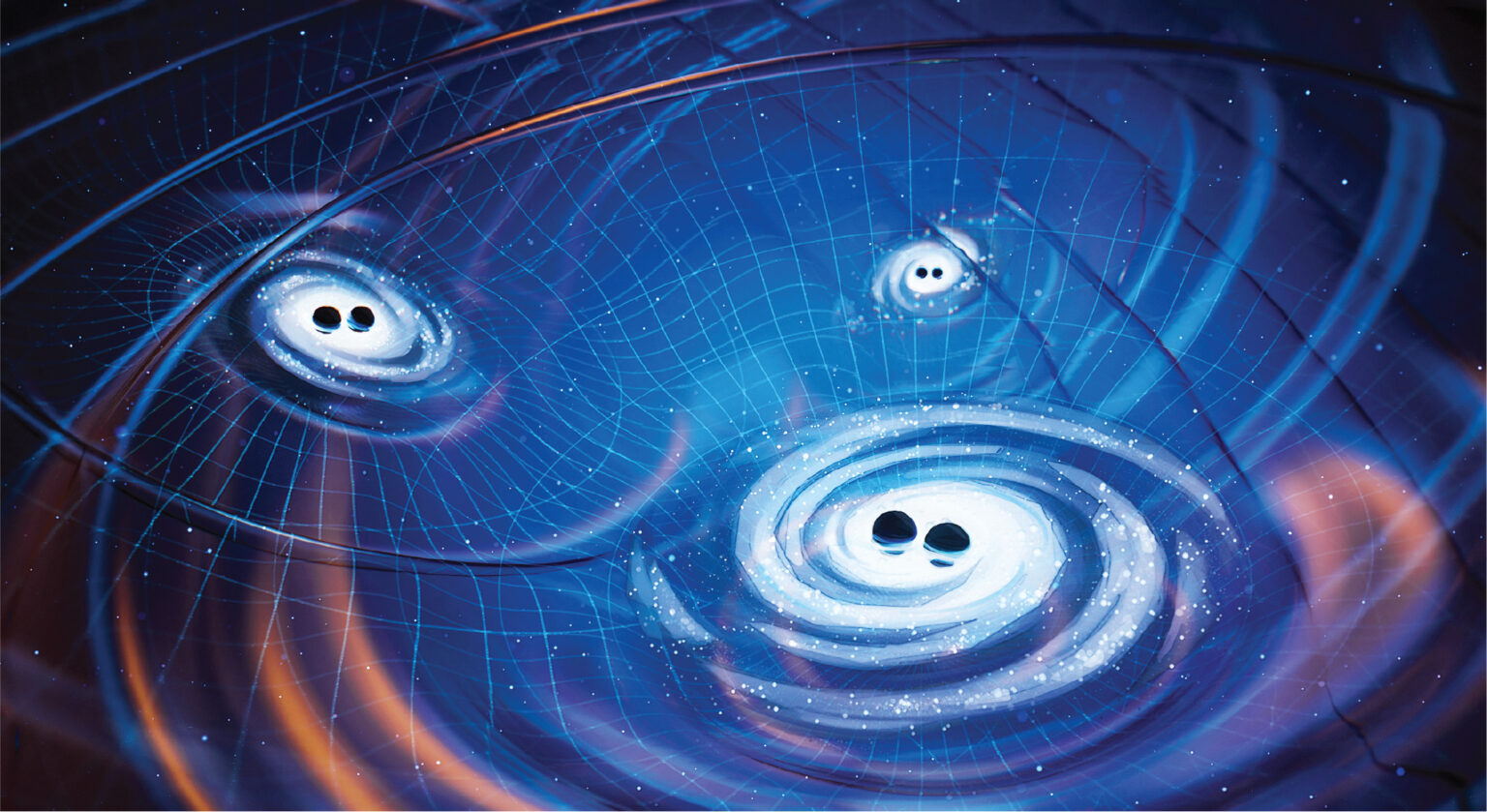The world of astrophysics is resonating with the recently unveiled understanding that our universe is suffused with gravitational waves. These oscillations, causing ripples in space-time, carry the signature of cosmic symphony, an omnipresent hum of the universe that Albert Einstein first predicted over a century ago.
This landmark discovery has been confirmed through the meticulous observation of 68 pulsars over a 15-year period. The rhythmic flashing of these rapidly spinning celestial bodies, the remnants of exploded stars, served as the galactic metronome marking the tempo of gravitational waves passing through space.
We see early signs of a Gravitational Wave background in our combined dataset with @EPTAGW.
These results corroborate with those from @NANOGrav and PPTA @CSIRO_ATNF @ARC_OzGRav
Read along in this thread to know this discovery was made and it's consequences! pic.twitter.com/oAPe1Bty1b
— InPTA (@InPTA_GW) June 29, 2023The research, spearheaded by an international collaboration of over 190 scientists, points towards the waves’ primary source: pairs of supermassive black holes spiraling together before their eventual merger. While this is the most likely explanation, alternative theories related to early universe physics, near the Big Bang, are also considered.
In 2016, the Laser Interferometer Gravitational-Wave Observatory (LIGO) had detected gravitational waves, but they were generated by distant black holes and of much higher frequencies. The recent findings introduce a new gravitational wave spectrum, suggesting that we are awash in low-frequency waves with wavelengths that can span light-years.
Also read: Boomerang Evolves into Cartoonito: A Revolutionary Leap for Preschool Entertainment in SEA
Such revelations reiterate the grandeur of Einstein’s theory of general relativity and promise a major shift in our understanding of the cosmos. They provide a novel framework to probe the mysteries of the universe, including the dark matter, supermassive black holes, and gaps in the Standard Model. The universe is not just visible light, but also a fascinating sea of gravitational waves, neutrinos, and perhaps more yet to be discovered.
The discovery reinforces the notion that science is a never-ending quest, and we are continually revising our understanding of the universe. This revolutionary finding reimagines our cosmic neighborhood in a novel light—or rather, wave—and inspires us to delve deeper into the unknown.
















